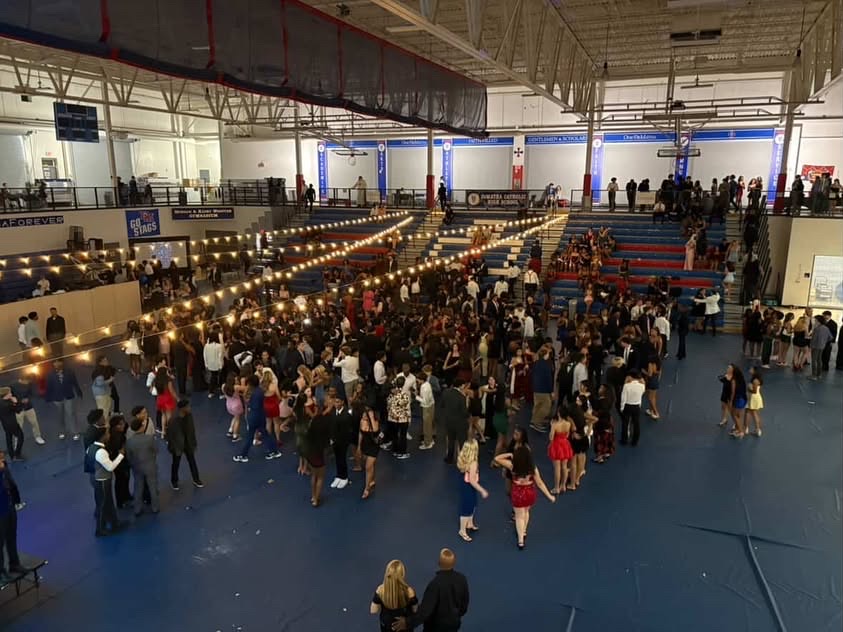Formula Drift, Another Type of Auto Sports
May 9, 2022
Drifting, a style of driving where the driver purposely slides their car, was invented during the ’50s and ’60s in Japan, but no one person can be credited with the creation of the driving style. It started with drivers sliding their rear-wheel drive cars around that time period in the Japanese mountains, usually on snowy roads. The driving style then grew and became more popular towards the ’80s and ’90s with cars becoming more powerful and better suited for drifting.
Japanese mountain drifting would hit an all-time high during this period with people and friends going out at night to the mountains to illegally drift their cars. As time went on and cars became more commuter focused, with manufacturers shying away from producing easily accessible rear wheel drive sports cars that were needed to drift, a harsher enforcement against this illegal racing also grew in Japan. As a result of these two things, street drifting seemed to fade away as the ’90s ended and the 2000s progressed.
As this more underground street drifting became harder to do, as well as drivers wanting to have a more controlled environment to compete, track drifting began to surge in popularity. Also originating in Japan, track drifting was a legal and safer alternative to street drifting that was done at actual race tracks like the famous Ebisu Circuit in Fukushima, Japan.
The transition to the United States began in the early 2000s, with Japanese competitions coming over to be hosted on United States tracks. Interest grew with the growing presence of the sport in the United States. Formula Drift was one of the first competition organizations that started the United States competition drifting scene. Formula Drift founders Jim Liaw and Ryan Sage first organized a race for a Japanese competition group, D1 Grand Prix, in August 2003 at the Irwindale Speedway.
A year later in 2004, seeing the success that the event had in the United States, they hosted the first Official Formula Drift competition at Michelin Raceway Road Atlanta. After the first event it was only a few years before the sport started to grow rapidly. Over the course of the next 10 years, multiple changes and refinements were made to the sport’s rules. International events have also been organized by Formula Drift such as the Red Bull Drifting World Championship and other competitions in other countries like the United Arab Emirates, Qatar, Japan, and Canada.
The basis of how Formula Drift and most other drifting competitions work is that the driving is separated into two rounds, where one driver will lead and the other chases, and then vice versa in the second round. The tracks are composed of hairpins, sloping banks, and other turns. To get a maximum amount of points, the lead driver has to clip the zones, while drifting, that are set in the turn with their whole car. The chase driver makes points by drifting with the lead driver. The closer the chase stays to the lead and how he follows the lead’s lines determines the points that they make.
To compare how Formula Drift works compared to Formula One, Formula Drift is more like figure skating, while Formula One is more like speed skating. The goal is not for the driver to get to the finish first, but to drift the best, taking his time to make his lines and angle look good. The score is based on judges who, after the two rounds, decide which competitor should advance. If the drivers were too closely matched and there could be no winner declared, a “One More Time” may be called where the drivers complete their runs again for the judges to decide.
This year’s Formula Drift Pro season began only a month ago, on April 1, in Long Beach, California. The next competition of the season takes place on May 19 to May 21 in Orlando, Florida. The schedule and events can be viewed on the official Formula Drift website (https://www.formulad.com/live).







![DeMatha Catholic [@DeMatha Catholic]. 2025, September, 19. Instagram.](https://demathastagline.com/wp-content/uploads/2025/09/IMG_3305.jpeg)














